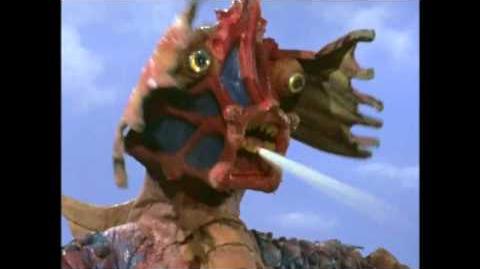Tokusatsu has changed, all things change over time. However, one of the biggest changes for Toku is the way how it has been perceived by both viewers and outsiders. Over the years, Tokusatsu has seemingly become a term only used to talk about Japanese live-action superhero shows for children, even though the term refers to a medium, not a genre. While superheroes are closely tied to Tokusatsu, they aren’t the defining aspect of it. So the question arises: when did the two really begin to collide with each other? A case can be made that this happened in the early 1970s, as a result of the two shows Ultraman Ace and Kamen Rider. Due to being my real focus being on Tsuburaya Productions and the Ultra series, we’ll be looking at Ultraman Ace, the fifth entry of the Ultra series. Ultraman Ace is an interesting entry of the series in a multitude of ways.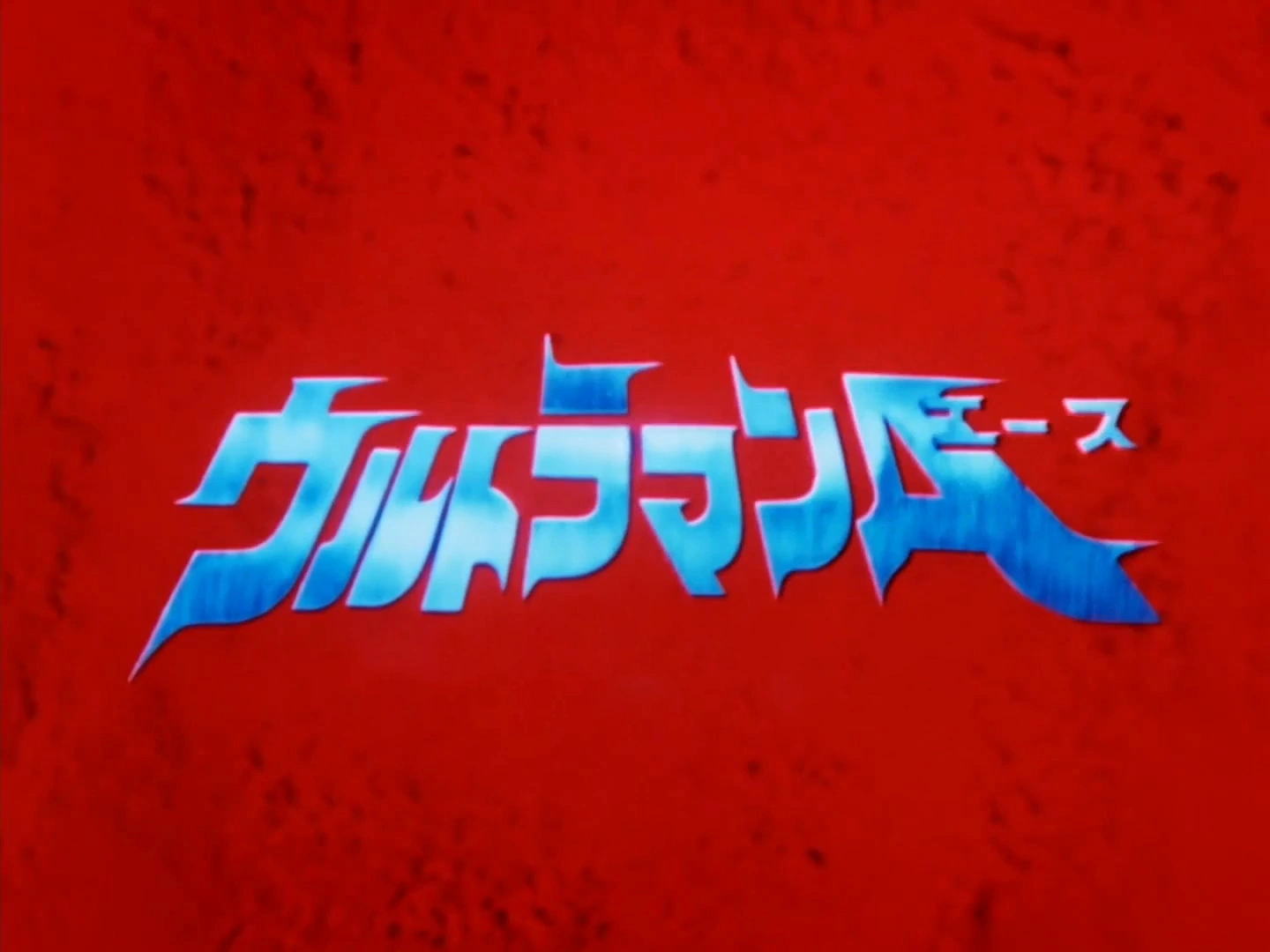
When Tsupro began production on Ultraman Ace in 1971, near the tail end of The Return of Ultraman, they wanted to make a show that was unique from its predecessors while still maintaining the feeling of shared lore and continuity within the new blooming Ultra series. Many ideas and concepts were kicked around for the series: Ultra Hunter, where a man and woman would become an Ultra and fight space monsters from the Andromeda galaxy; Ultra V, where aliens sent monsters created from space and earth creatures to invade the Earth; and Ultra Fighter, a series where a man named Amuno Jun becomes an Ultra Ranger to fight monsters sent by a computer created by a mad human-hating scientist. Many factors from these concepts would be cut up and reused to create the show we now have today.
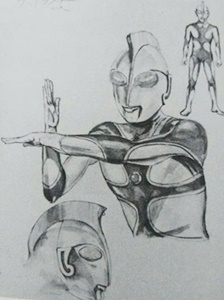
Ultraman Ace design supposedly drawn by Yoshio Suzuki
The final idea revolved around two hosts, a man, and woman, coming together to form an Ultra, like in Ultra Hunter. This idea heavily influenced the design of Ace, which embodied both masculinity and femininity: thus beginning a common theme of Ace as a character and a show, that being its duality. The design would also factor in Greco-Roman aspects due to the showrunners thinking that the Land of Light should have Greek and Roman elements in its design (along with retro-futurism of course). This would get changed later in the series, though the idea of a Greco-Roman Land of Light would resurface in The Ultraman a.k.a Ultraman Jonias through Jonias’s home planet, the U40.

This would also be the first series where all past Ultras would show up and the term “The Ultra Brothers” would be used. A big goal of Ultraman Ace was to create a shared universe, where all of the ideas and characters from past Ultra series can find a place among each other. No one was to be left out or cut out. In fact, things were to be expanded. Here we would see more of the Land of Light than ever before and even be introduced to new Ultras such as the Father of Ultra. All to broaden this new “true” universe.

Additionally, Ace would mark a union of not only Ultras, but all Tsupro heroes. The idea of a Galactic Federation was introduced in the first episode of Ace and was planned to be which made out of heroes such as Mirrorman, Fireman, Triple Fighter, and Jumborg Ace (the Ultras would be included in this group as well of course). That all of these great heroes would be fight evil together for a common goal in the same universe. However, this last idea was later retconned.
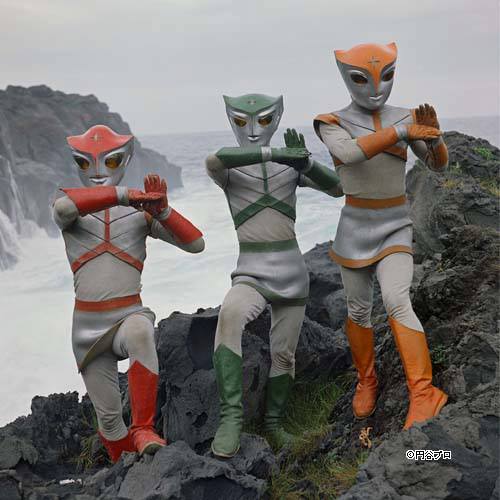
Ultraman Ace followed the adventures of Hokuto Seiji and Yuuko Minami, two young members of TAC (Terrible-monster Attacking Crew) fighting against chouju sent by the evil alien Yapool. The two would form Ultraman Ace by doing an Ultra Touch. (Side note, Yuuko was originally going to be played by a different actress named Kaori Seki. However, she got in an accident and was replaced by Mitsuo Hoshi).
The first half of Ace is filled with unique and iconic episodes such as Burn! Chouju Hell, 30,000-Year-Old Chouju Appears!, Execution! Five Ultra Brothers (An episode Hideaki Anno said he was traumatized by when he was younger), and Miracle! The Father of Ultra. Ace stood out because of its approach to relationships, unity, and together in troubling circumstances. As well as its odd, almost art-house approach to filming, which was similar to that of horror movies of the time. Ace was intended to be scary, a show to show what would happen if we lost love and trust in each other and gave into the shadowy evil that was made out of nothing but hatred. The only thing that could stop it was togetherness, as we see in two beings becoming one powerful hero.
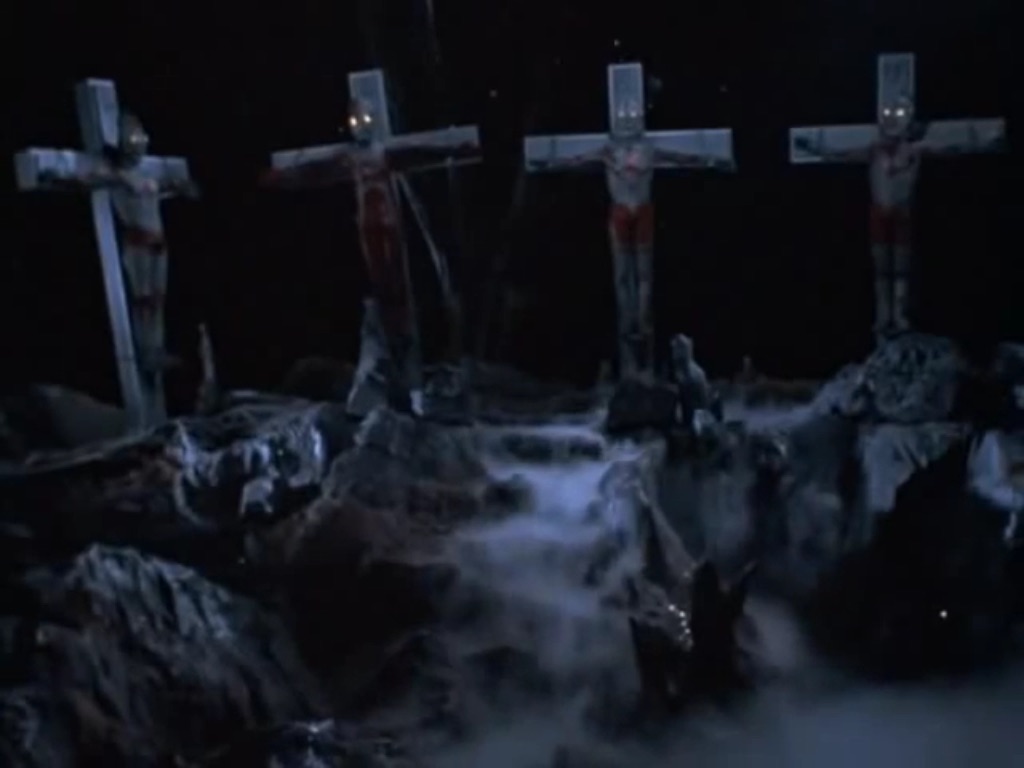
Yet midway through the show, the series changed. While I said earlier that Tokusatsu changed at this point in time, it is here, midway through the airing of Ace, that we can truly gauge what that meant. To be more specific, the crux of the change laid in the type of media and merchandise being produced for Toku shows. In the 1960s, Toku was primarily meant to appeal to general audiences or teenage viewers, but the 70s saw a boom in manga and anime that ate away teenage viewership from Tokusatsu productions. This left Toku with a new primary audience of children.

Because of this new, younger primary audience, merchandising became more important than ever to the shows at the time. Merchandisers slowly began to have more influence, due to toys and products related to the shows being more important to financial success than ever before. To appeal to these new younger viewers and increase sales of merchandise, Toku began to change. Kid-friendly shows about dynamic heroes saving the day on a weekly basis with cool gadgets and powers were highly marketable, while shows trying to appeal to older audiences were at a disadvantage due to the competition from anime, and shows aimed at general audiences wouldn’t be as profitable as shows aiming for a younger audience that was easier to market to.
Ace was already feeling great pressure to change. Ultraman Ace due to the fact that parents weren’t too much of a fan of the commentary and imagery found in the show: they found the show too dark and too topical for the younger viewing basis. Complaints were frequently sent in during the first half of the show. Whether it be legitimate concerns or just straight harassment. The mix between the problems PTAs and the like had with Ultraman Ace and the call for more child-focused programming, change was bound to happen.
So how was this change evident in the mid-season of Ace? Well, mid-way through Ultraman Ace, the co-star, Mitsuo Hoshi, left the show. There are a plethora of rumors around her departure, ranging from harassment by people against the idea of a female Ultra host to toy sellers saying to drop her and change the transformation sequence for Ace because it was too hard for children to pull off. Regardless, her departure opened the doors for Ace to change and it did. Ace introduced a new child sidekick named Dan, and with his introduction, the stylization that marked the first half of Ace was greatly toned down. They began to deal with more silly plots such as a kid feeling down on himself for wetting the bed or a mother trying to protect a mind-controlling violin because of its wonderful sound.
The prominence of the defense team had shrunk to focus on Ace and the child sidekick. When the defense team showed up, it was either to show off the latest invention to fight the chouju or act as set pieces instead of a proper sidecast. However, the true mark of Ultra’s shift to becoming more similar to the superhero shows of the time was not in the increased marketing, due to this shift happening in the second half of an ongoing show, but rather in that the drama and sci-fi aspects that appealed to older viewers of the series began to be downplayed. Strikingly dramatic and thoughtful episodes from previous seasons like My Home is Earth, The Targeted Town, Ultraman Dies at Sunset, or even Ace’s own Execution! Five Ultra Brothers were no longer the focus anymore. The focus was instead on making episodes that were entertaining for younger viewers. Faster paced, fun, and wild shows were the goal. Tsuburaya Productions changed the overall direction of the Ultra series with the second half of Ace in order to keep up with the competition, and taken in conjunction with Toei’s Kamen Rider, this marked the first big industry-wide step towards more superhero focused Tokusatsu.
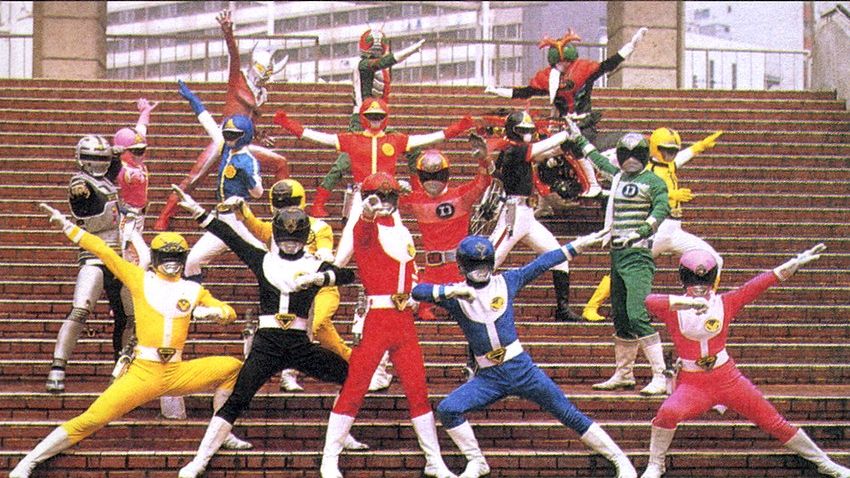
In the end, though, I want to make this clear that this shift wasn’t necessarily a bad thing. Toku, and Ultra weren’t worsened by this shift. At the end of the day, Tokusatsu as a medium has experienced many changes, and it will keep changing in the future. The true point of this thread is to show that fact. Tokusatsu wasn’t what it is now, and in fact, it was something very different from what many of us have seen in our experience with the medium. Maybe in our lifetimes, Toku will change again, stepping away from superheroes and returning to a renaissance of drama and sci-fi again. Or maybe something even more unexpected will pop up. We just have to meet the future head-on with an open mind. We must be ready to accept it with open arms and treat it as a friend.

Source
- http://tokusatsujapan.info/ultraman-ace-as-an-ambitious-tokusatsu-show-1/ (Including the rest of the posts in the series)
- https://en.wikipedia.org/wiki/Ultraman_Ace
- http://tokusatsujapan.info/what-is-the-galaxy-federation-ginga-renpo-sung-in-the-ultraman-ace-theme/
- https://www.imdb.com/title/tt1144410/
- http://tokusatsujapan.info/how-was-ultraman-tarou-planned-and-produced-by-tsuburaya-1/
- https://ja.wikipedia.org/wiki/%E3%82%A6%E3%83%AB%E3%83%88%E3%83%A9%E3%83%9E%E3%83%B3A
